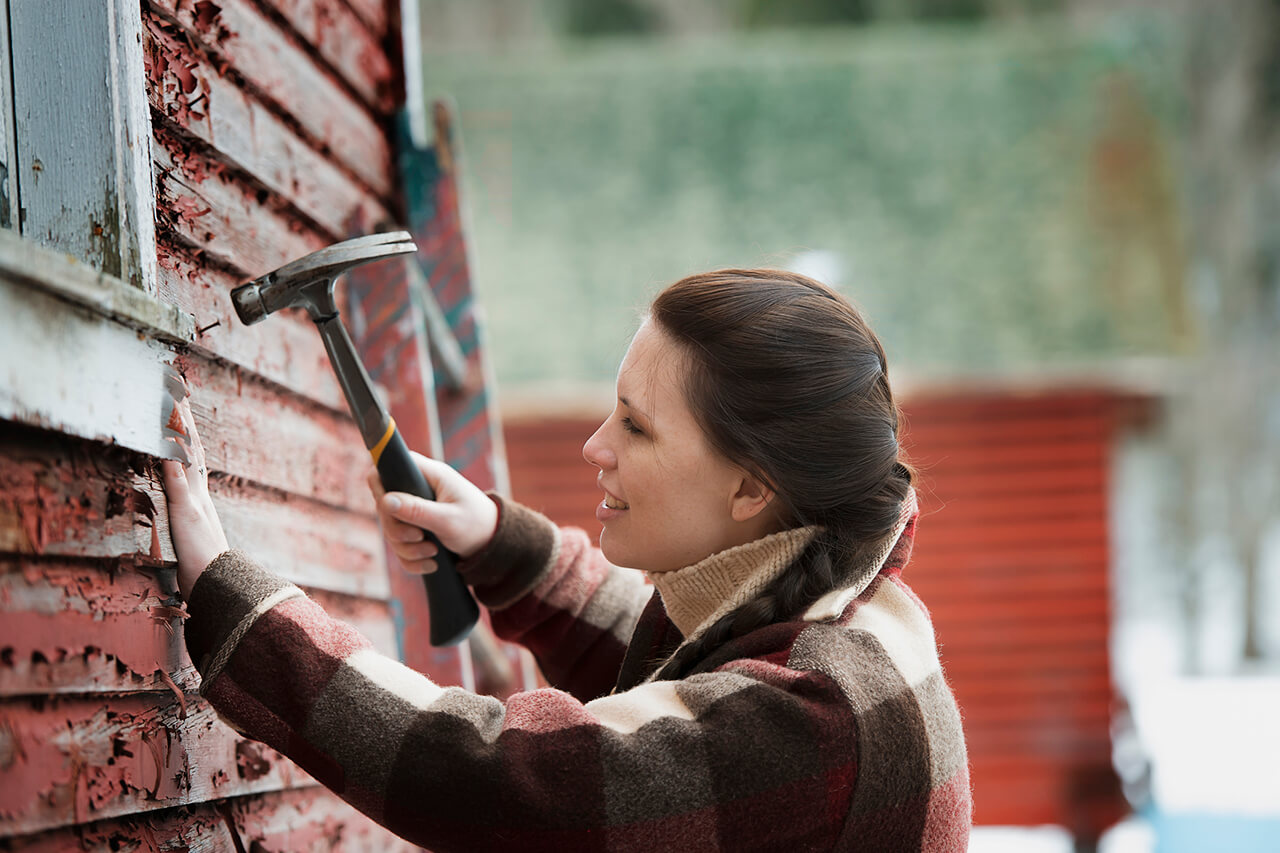
Get matched with top shelter or outbuilding builders in your area
Enter your zip and get matched with up to 3 pros
Matching on HomeAdvisor


Shelter or outbuilding builders in Niantic
Shelter or outbuilding building services FAQs
You need to secure a permit for a tornado shelter when local building codes require it. A permit confirms that your shelter meets safety and construction standards to withstand extreme weather events. FEMA guidelines P-361 and P-320 establish these safety requirements. Permit costs range from $430 to $2,240. Contact your local building department to verify the necessary permits and ensure full compliance with all regulations.
Yes, FEMA will fund up to 75% of your storm shelter installation if all eligibility conditions are met. FEMA allocates funds to state authorities where strict guidelines determine approval and disbursement. Contact your State Hazard Mitigation Officer to determine your funding options and initiate the required process. Secure the necessary documentation to access this financial support.
Tornado shelters add significant value to a home by enhancing both safety and market appeal. A secure storm shelter not only increases the resale value by up to 50% of the unit cost but also provides multifunctional benefits in areas prone to severe weather. Homeowners who integrate features like a gun safe or wine cellar maximize their investment and overall home desirability.
A pre-built storm shelter delivers distinct benefits by reducing overall costs and installation time. A pre-built unit eliminates extensive on-site construction expenses and comes in a variety of sizes and materials to suit different family needs. This design flexibility provides robust protection, ensures rapid installation, and secures your home against extreme weather conditions.
The installation time for a tornado shelter depends on the type chosen. Pre-built shelters are installed in four to eight hours, providing a rapid and secure solution. Custom-made shelters or those that require land excavation demand significantly longer time, taking days or weeks due to extensive preparation, structural assembly, and precise installation to fully meet safety standards.
Space is a critical factor in a storm shelter. FEMA mandates a minimum of six square feet per person for tornado protection and ten square feet per person for hurricane safety. For example, a 5-by-6-foot shelter meets the needs of a family of five in a tornado-prone area. Extra room accommodates emergency supplies and ensures safe, comfortable movement during severe weather events.





- Birmingham
- Phoenix
- Tucson
- Fresno
- Long Beach
- Los Angeles
- Modesto
- Sacramento
- San Diego
- San Francisco
- San Jose
- Denver
- Hartford
- Washington DC
- Fort Lauderdale
- Jacksonville
- Miami
- Orlando
- Tampa
- Atlanta
- Chicago
- Indianapolis
- Louisville
- New Orleans
- Baltimore
- Boston
- Detroit
- Grand Rapids
- Minneapolis
- Saint Paul
- Kansas City
- Saint Louis
- Las Vegas
- Albany
- New York
- Asheville
- Charlotte
- Greensboro
- Raleigh
- Winston Salem
- Cincinnati
- Cleveland
- Columbus
- Oklahoma City
- Portland
- Harrisburg
- Philadelphia
- Pittsburgh
- Providence
- Memphis
- Nashville
- Austin
- Dallas
- El Paso
- Fort Worth
- Houston
- San Antonio
- Salt Lake City
- Norfolk
- Richmond
- Virginia Beach
- Seattle
- Madison
- Milwaukee



